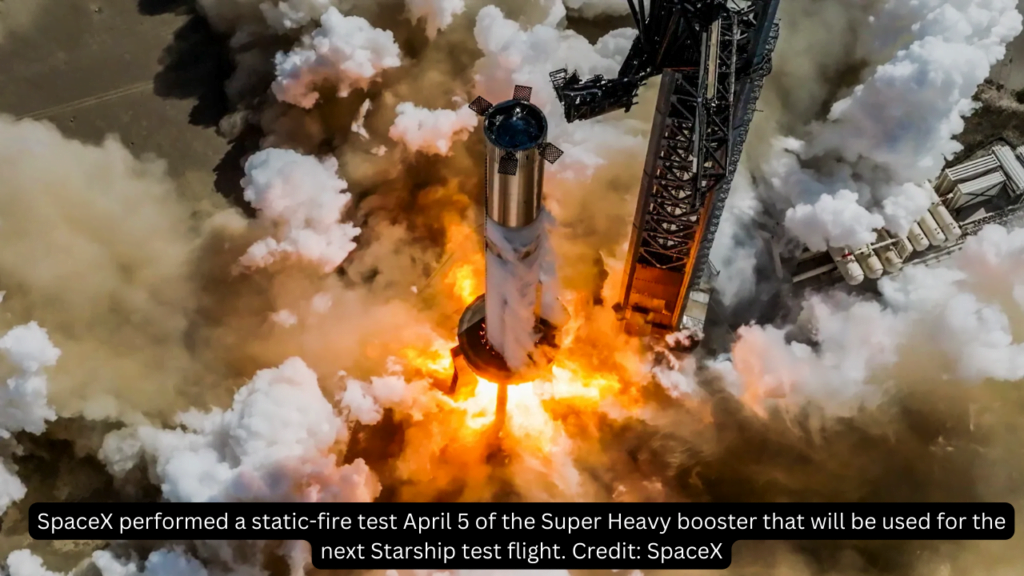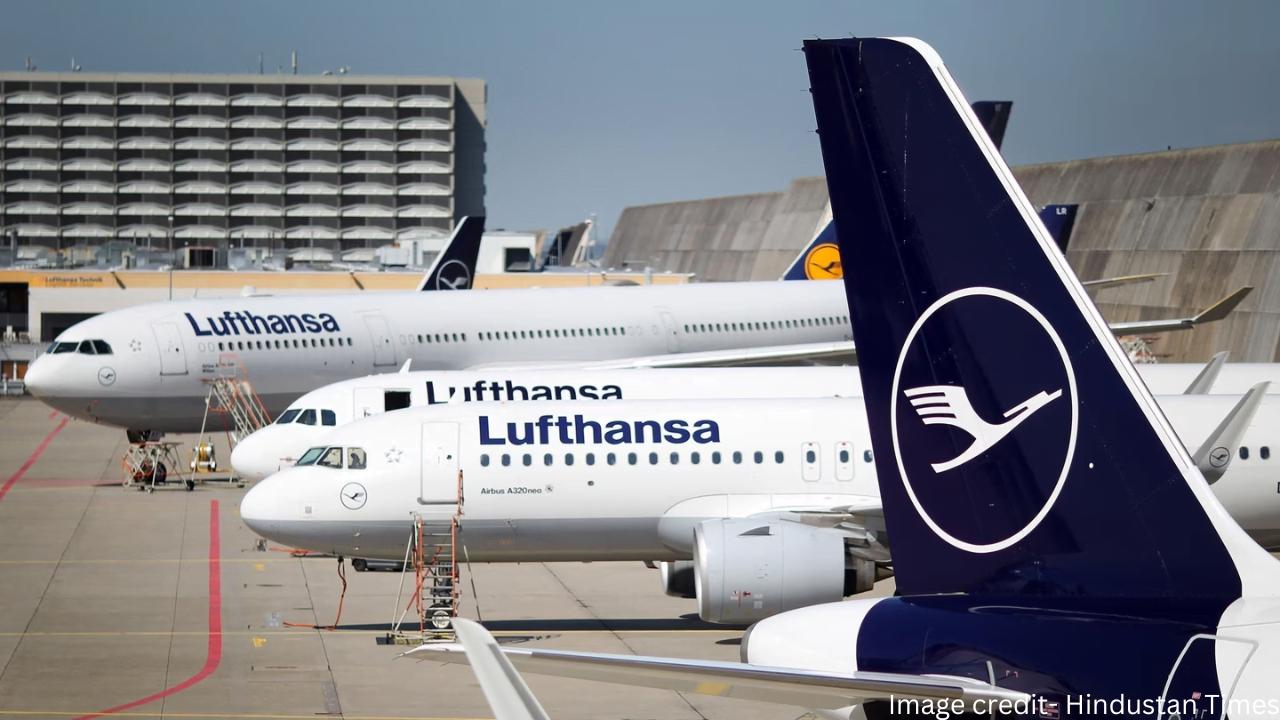
SpaceX shared a video on social media on April 6 of an undated but seemingly recent presentation given by the company’s founder and CEO at its Starbase facility in Boca Chica, Texas. The presentation centered on the Starship, which was developed and launched there.
According to Musk, the fourth Starship/Super Heavy launch is scheduled for “in about a month or so.” It is in line with what SpaceX President Gwynne Shotwell stated at the Satellite 2024 conference on March 19 when she mentioned that the flight was planned for early May, subject to the FAA’s reissued launch license. The launch would occur less than two months after the vehicle’s third flight if the company sticks to its original timeline.
According to him, the objective of the fourth mission is for the upper stage of Starship to successfully navigate through the “high heating regime” of reentry and execute a “controlled splat” into the ocean. During the third flight, Starship broke apart during descent.

SpaceX’s Ambitious Goals: Super Heavy Rocket Landing and Starship Expansion
According to Musk, SpaceX also plans to land the Super Heavy rocket “on essentially a virtual tower” in the Gulf of Mexico on its next flight, bringing it back intact. This would allow the company to make an attempt to return the booster to Starbase for landing.
He declared, “If the landing on the virtual tower is successful, we will try to land on the tower again on Flight 5.” “That is a very achievable schedule, but it is very much success-oriented.”
Musk expressed confidence that SpaceX would be able to land a launch on the tower this year, employing a pair of enormous arms known as “Mechazilla” to cradle the booster. He stated, “It’s probably 80 to 90% that we can actually catch the booster with the Mechazilla arms this year.”
It will take more time to recover the Starship upper stage, or ship. Before trying a landing at Starbase, Musk stated that he needed to see at least two successful controlled splashdowns of Starship in the water. He said “We do not want to pour debris over the United States or Mexico.” “I believe we will be able to utilize Starship again next year.”
SpaceX is accelerating the manufacture of Starship vehicles in order to enable increased flight rates. Before the March launch, company executives stated that they had four pairs of spacecraft and boosters at Starbase for future launches. During the presentation, Musk said the company would produce a further “roughly six” vehicles this year.
“That production rate will skyrocket next year.” That is why we are building the massive factory planned for Starbase, he said.
He said the business was building a second launch tower at Starbase in addition to increasing the production of Starship spacecraft, and it planned to have its first launch tower operating by the middle of next year at Cape Canaveral, Florida. Speaking at Starbase, he stated, “It is likely that
we will conduct development launches, test new ideas here, and build rockets here, with the majority of operational launches coming from the Cape.”
There will be a rise in payload capacity along with the production rate. According to Musk, the Raptor engine will include enhancements that will boost its thrust from 230 to 280 metric tons and “ultimately” to above 330 metric tons.
The “Starship 2” would have a somewhat longer booster and ship in addition to the engine upgrades. More than 100 metric tons could be launched into orbit with that in a fully reusable design, according to Musk. More than 200 metric tons might be launched into orbit in a fully reusable configuration by a future “Starship 3,” which would be roughly 25 meters higher than Starship 2. He gave no indication as to when any Starship version would go into operation.
Because Starship 3 is fully reusable, Musk asserted that its launch costs will be lower than those of SpaceX’s first rocket, the Falcon 1 small launch vehicle, which retailed for roughly $10 million. According to him, the cost of launching a Starship might only come down to $2-$3 million.
He said “These are kind of unthinkable numbers.” “Nobody ever imagined that this could happen. However, in order to accomplish this, no laws of physics are violated.
Also Read: Elon Musk Neuralink Puts Chip in Human Brain after 8 Years of Persistent Innovation






